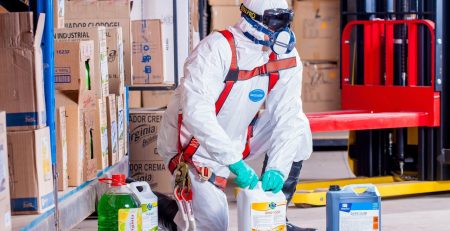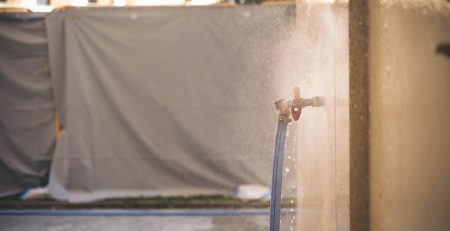How to Identify and Fix Water Leakage Early
Introduction
Water leakage is one of the most common problems faced by homeowners and businesses, yet it is often ignored until the damage becomes too big to handle. What starts as a small damp patch on the wall or ceiling can turn into serious structural damage, mold growth, and expensive repair bills. Identifying water leakage in its early stages is the key to preventing these issues.
In this article, we’ll explain how to spot early signs of leakage, the risks of ignoring them, and the best solutions to fix the problem before it grows worse.
Signs of Early Water Leakage
- Damp Walls and Ceilings
If you notice paint bubbling, plaster peeling, or damp patches on walls and ceilings, it’s usually a clear indication of water seepage. - Musty Odors
A strange, musty smell inside rooms, basements, or bathrooms often points to hidden leakage. This smell comes from mold and mildew caused by excess moisture. - Water Stains
Brownish stains on walls or ceilings are another sign of water intrusion. They might appear after rainfall or due to plumbing issues. - Cracks and Efflorescence
Small cracks in the walls, along with white powdery deposits (efflorescence), suggest that water is seeping through the structure.
Risks of Ignoring Water Leakage
- Structural Damage: Continuous seepage weakens the foundation, walls, and roofs, reducing the overall strength of the building.
- Health Issues: Mold and mildew growth lead to allergies, asthma, and respiratory illnesses.
- Electrical Hazards: Water leakage near wiring can cause short circuits and even fires.
- High Repair Costs: A small leak left unattended often turns into a major problem requiring costly repairs.
How to Fix Water Leakage
- Professional Waterproofing
The most reliable way to fix leakage is to hire professional waterproofing experts. They can identify the source of the problem and apply the right solution, such as liquid membranes, cementitious coatings, or bituminous sheets. - Sealants and Crack Fillers
For minor cracks, high-quality sealants can block water entry. However, this is usually a temporary fix. - Roof and Terrace Treatment
Roofs are the most common source of leakage. Applying waterproofing membranes or coatings ensures complete protection. - Basement and Foundation Protection
Since basements are below ground level, they are highly prone to seepage. Specialized waterproofing systems must be applied to keep basements dry. - Regular Maintenance
Conducting regular inspections and addressing minor signs of leakage immediately helps prevent bigger problems.
Preventive Tips
- Clean gutters and drains regularly to avoid water accumulation.
- Check for cracks around windows, roofs, and external walls.
- Avoid delaying repairs when you notice even minor signs of dampness.
- Invest in annual property inspections by waterproofing professionals.
Conclusion
Water leakage is not just a cosmetic issue; it’s a silent enemy that weakens your property over time. Identifying the problem early and applying the right waterproofing solutions can save you money, protect your health, and extend the life of your property.
Instead of waiting for the damage to get worse, act fast. With professional waterproofing, you can ensure your home or office stays safe, dry, and comfortable for years to come.




Leave a Reply